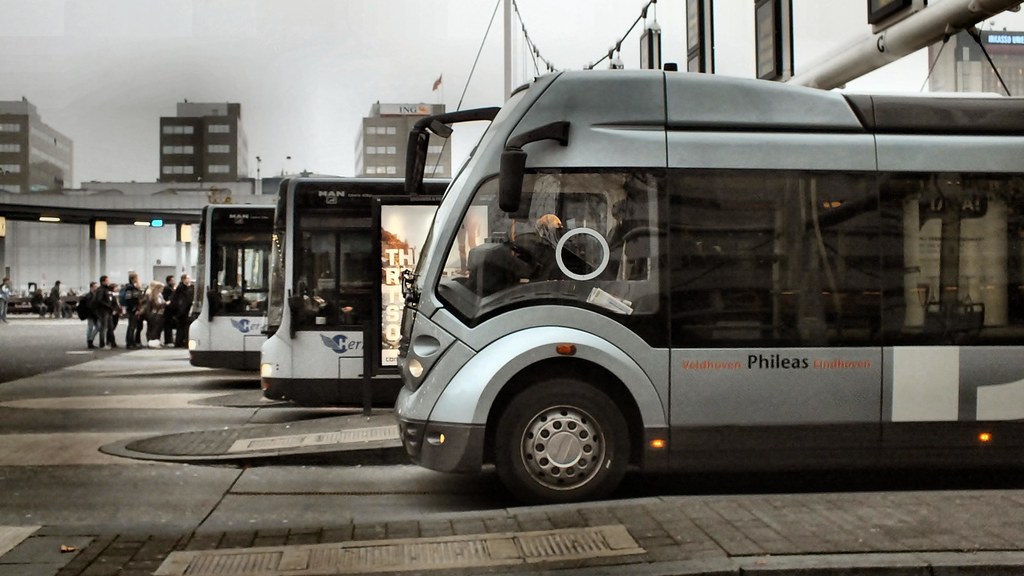W. K. Lis
Superstar
Why couldn't the MiWay Transitway had been a guided busway? Less width needed, and they could have added a bike path at the same time.
See this video on the Cambridge (England) Guided Busway:
[video=vimeo;128903547]https://vimeo.com/128903547[/video]
Maybe the snow that we get?
See this video on the Cambridge (England) Guided Busway:
[video=vimeo;128903547]https://vimeo.com/128903547[/video]
Sometimes just when you really think you have seen or heard of just about everything in the transportation world you come upon something that went under your radar. That happened to me while on a infrastructure tour with cycling advocates in Cambridge, UK. when we came along what is called a Guided Busway.
The video gives only a small taste of how it all works and shows a short segment, but it's fascinating. They've converted an old rail line into something I affectionately referred to as "Bioswale BRT" due to the greenery that grows between the grooved concrete slabs which contain the wheels of the bus. It is very unique since the system requires no drainage system of any kind: water is absorbed by the ground, a green form of stormwater management.
The Cambridge system is the longest guided busway in the world and is designed so that drivers do not even have to hold the wheel on the 16 miles of guided sections. Bus speeds can reach up to 55 mph.
And even more impressive is the fact that a busy bike/walking path runs adjacent to the route. You won't find railings separating the bus from trail users. There's no honking or ominipresent flashing lights warning like you would in the USA, it's just all good ole common sense and respect of modes. It's amazing the air rush that is generated when the bus whooshes past.
Maybe the snow that we get?






